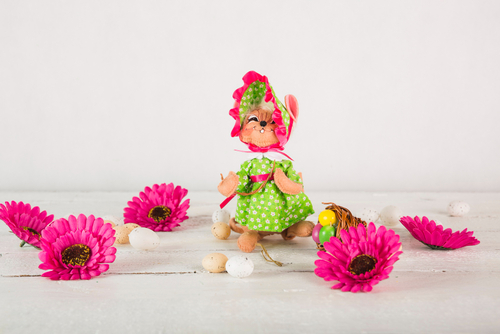Discover how ancient metal bowls are bringing calm to modern lives
A Brief History of Singing Bowls
Imagine a time over 2,000 years ago in the Himalayan regions Tibet, Nepal, and Northern India where monks and spiritual seekers used mysterious metal bowls during meditation and rituals. These weren’t just ordinary bowls they produced a soothing hum when struck or circled with a mallet.
These “singing bowls” are believed to have originated from a blend of Bon shamanistic traditions and early Buddhist practices. Originally made with a mix of 7–12 sacred metals like gold, silver, and copper, each bowl was handcrafted to produce specific tones that could guide the mind into deep states of awareness.
Today, the sound of these bowls has traveled far beyond the mountains. They’re now used in yoga studios, therapy rooms, hospitals, and homes across the world.
Why Are Singing Bowls So Popular?
The short answer? They calm your mind and body fast.
Here’s what people love about them:
- Deep relaxation: The gentle vibrations slow down brain waves, helping reduce stress.
- Improved focus: Great for meditation or even just a 10-minute break during a busy day.
- Pain and tension relief: Many report reduced physical pain or emotional tension.
- Sleep support: Their calming tones can help prepare the mind for restful sleep.
A 2016 study published in the Journal of Evidence-Based Integrative Medicine found that 62 participants who attended a sound meditation session using singing bowls reported significantly reduced stress, tension, and anxiety after just one session!
How Do Singing Bowls Actually Work?
You might wonder, “Is this just a placebo?” Not entirely.
When you strike or rub a singing bowl, it creates vibrations and harmonic tones. These sounds interact with your brain waves, guiding you into what’s called the alpha or theta brain state the same states your brain naturally enters during deep meditation or light sleep.
It’s similar to how music therapy helps in hospitals. The sounds stimulate parts of the nervous system responsible for rest, digestion, and healing.
Think of it as a natural “reset button” for your overstimulated brain.
Real-World Uses: From Yoga Studios to Therapy Rooms
Singing bowls aren’t just for monks anymore. Here’s how they’re being used around the world:
In Healthcare
- Therapists use them in sound baths for patients dealing with anxiety or PTSD.
- Some cancer centers incorporate them into wellness programs to ease pain and improve mood.
In Wellness & Yoga
- Yoga instructors often start or end sessions with bowl sounds to help students center themselves.
- Spa and massage centers use them to deepen relaxation.
At Home
- People use singing bowls during journaling, meditation, or even while reading.
- Parents have found them helpful in calming children before bedtime.
How to Choose the Right Singing Bowl (A Friendly Buying Guide)
Buying a singing bowl can be overwhelming, especially with so many options online and in stores. Here’s a simple guide to help:
1. Size Matters
- Small (3–5 inches): Good for beginners, travel, or quick sessions.
- Medium (6–8 inches): Balanced tone and easier to play for longer.
- Large (9+ inches): Deep resonance; ideal for serious meditation or group sound baths.
2. Material
- Hand-hammered metal bowls (usually made in Nepal): Warmer, more traditional sound. Each is unique.
- Crystal singing bowls: Clear, bell-like tone. Often used in modern sound healing but more fragile.
3. Sound Check
Always test if possible:
- Strike it with a mallet and listen to the tone. Is it rich and long-lasting?
- Try circling the rim. Does the sound “sing” smoothly or does it skip?
🔍 Tip: If buying online, look for audio samples or video demos from the seller. Authentic bowl makers often include sound previews.
4. Origin and Authenticity
- Look for handmade bowls from Nepal, Tibet, or India.
- Avoid overly shiny or machine-made versions if you’re after traditional sound quality.
Final Thoughts: Let the Sound Guide You
Singing bowls are more than beautiful objects they’re tools for well-being. In a world full of constant noise and distractions, they offer a simple, ancient way to reconnect with yourself.
So whether you’re trying to sleep better, manage stress, or deepen your meditation, the sound of a singing bowl might be the gentle nudge your mind and body need.
Quick Takeaways
- Singing bowls originated in the Himalayas and are now used worldwide for relaxation and healing.
- They work by producing vibrations that help calm the nervous system.
- Backed by research, sound meditation can reduce stress and anxiety.
- Choosing a bowl? Go for hand-hammered if you want the traditional feel; try crystal for a modern twist.
- Try it yourself! Even a 5-minute session can make a difference.




Leave a comment